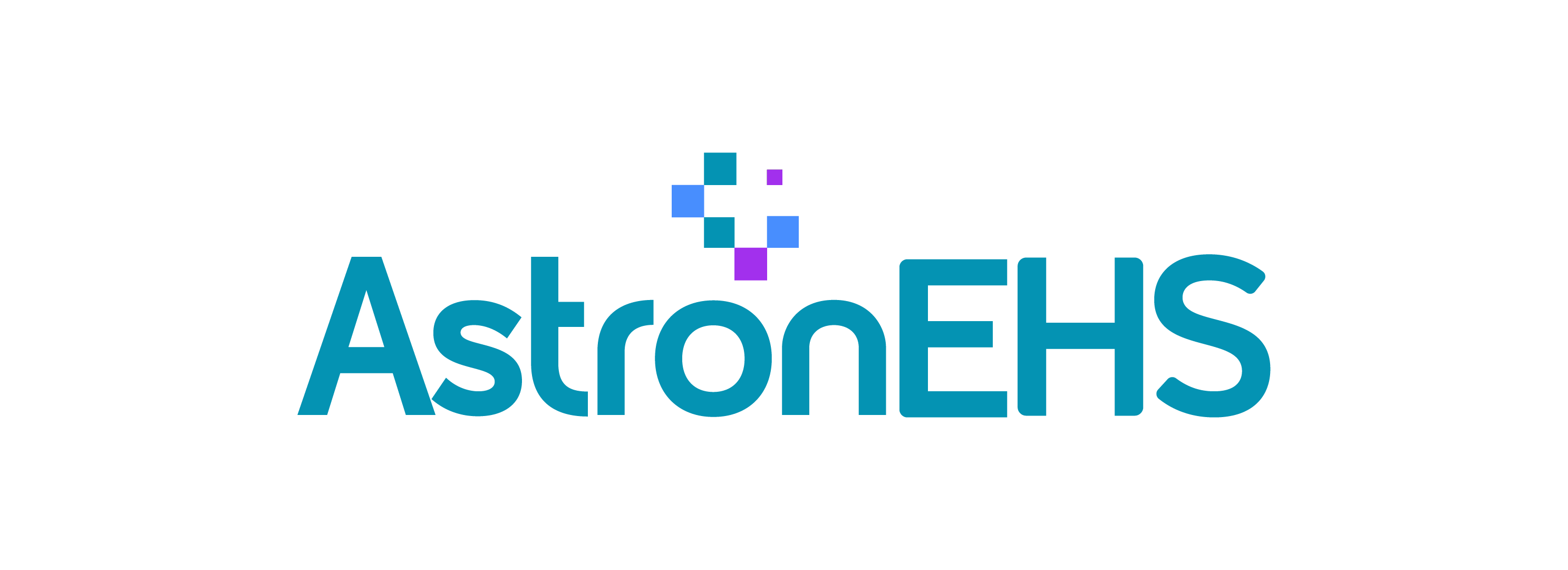Thanks to technology and broader business changes, myths, beliefs, and behaviors that prevailed a few years ago have changed. As a result, any home health agency that doesn’t take a fresh look at the possibility of outsourcing some of the most pressing billing concerns of the present stands to lose significantly as the sector develops.
To assist you to make the best choices possible regarding your medical billing services, we want to help you clear up any misconceptions you may have and reconsider outsourcing.
Myths 1 – Later, we can consider it.
Why stress about outsourcing now when you haven’t had to consider it seriously in the past?
The complexity of home health is the reason for this. The Patient-Driven Groupings Model (PDGM), which is executing as part of the nationwide Review Choice Demonstration (RCD), has the potential to completely alter how home health billing is run. The majority of agencies should reconsider their stance on outsourcing now that home health is going through a period of transformation.
Maintaining the internal competence and expertise necessary to stay up with shifting billing standards, legal regulations, and technology demands will become more and more challenging over time.
Myths 2 – Outsourcing is already well available.
After years of experience, you could believe you already know everything there is to know about outsourcing. But keep in mind that past success does not ensure future success. Just a few years ago, consider the importance that technology had in healthcare.

Likewise with outsourcing. Outsourcing used to be a matter of efficiency and return on investment, and that is still the case today. It has evolved into a crucial factor in retaining a competitive advantage, adjusting to change, and even organizational survival.
Myths 3 – Every billing company is the same.
Have you ever had a bad billing experience or heard rumors that seem like horror stories? It is a fallacy that they represent all outsourced medical billing companies, even though they are probably accurate.
Every business is unique, and this is particularly true when you take into account the amount of specialization needed for home health. Home health billing specifics were not be understand by a company that specializes in the hospital or primary care outsourcing. Finding a partner who meets your needs, is aware of your objectives, and is prepare to communicate with you to ensure that you both have the same expectations for the partnership’s outcomes is the first step in outsourcing home health billing services.
Myths 4 – We are doing well as things stand.
You may easily be bleeding money without realizing it if things stay as they are in the home health revenue cycle, which is one of the biggest risks of the status quo. Your “normal” can be rife with ineffective procedures, challenges with managing denials, and problems with clinical documentation.
Considering that a large portion of those denials is probably avoidable, according to the Medical Group Management Association (MGMA). It costs about $25 to revise a claim after it has been denied. What internal efforts haven’t been made to address these typical home health denials? Ask yourself if you are struggling with them.
- Due to the absence, incompleteness, or tardiness of the necessary face-to-face interaction, the medical certification was deemed invalid.
- The recertification episode is rejected because the initial certification was partial, missing, or invalid.
- The medical records provided did not demonstrate that the therapy services were reasonable. Required, and of a level of complexity requiring a therapist’s training.
- The bid document was not correspondence or was late.
- No signature is include on the doctor’s plan of care or certification.
Myth 5 – In-house hiring is desirable.
Hiring internal personnel is preferable in some circumstances, but in a period of upheaval, the choice becomes more difficult. Internal hiring has a number of disadvantages, including:
- The sum needed to find, hire, develop, and keep candidates.
- The possibility that new hires will interact with your current team and divert them from their current projects, could have a negative impact on productivity.
- The difficulty in reaching short-term objectives is because outsourcing choices will be operational more quickly than internal solutions.
- Spend some time analyzing your goals and the actual costs associated with hiring internal personnel.
Myth 6 – Security risks come with outsourcing.
We learn of new healthcare businesses every week that are grappling with hacking, phishing, and data breaches. You have every right to be concerned about security in your contracts with contractors.
That being said, be aware that when it comes to privacy and security, your business partners are held to the same standards as you. The CMS’s explanation of HIPAA regulations and business partners reads as follows:
If a covered entity employs a business associate to assist in the performance of its health care activities and functions. The covered entity shall have a written business associate contract or another arrangement with the business associate that shall set forth the specific duties and responsibilities of the business associate and shall require the business associate to comply with the requirements of the Rules to protect the privacy and security of protected health information. Business partners are also directly responsible for adhering to specific HIPAA Rules requirements in addition to these contractual commitments.
If you’re still concerned, talk to them about your security standards and request a meeting with the person in charge of security at their company so that you can address your worries in person.
Here are the 6 Common myths of outsource.


